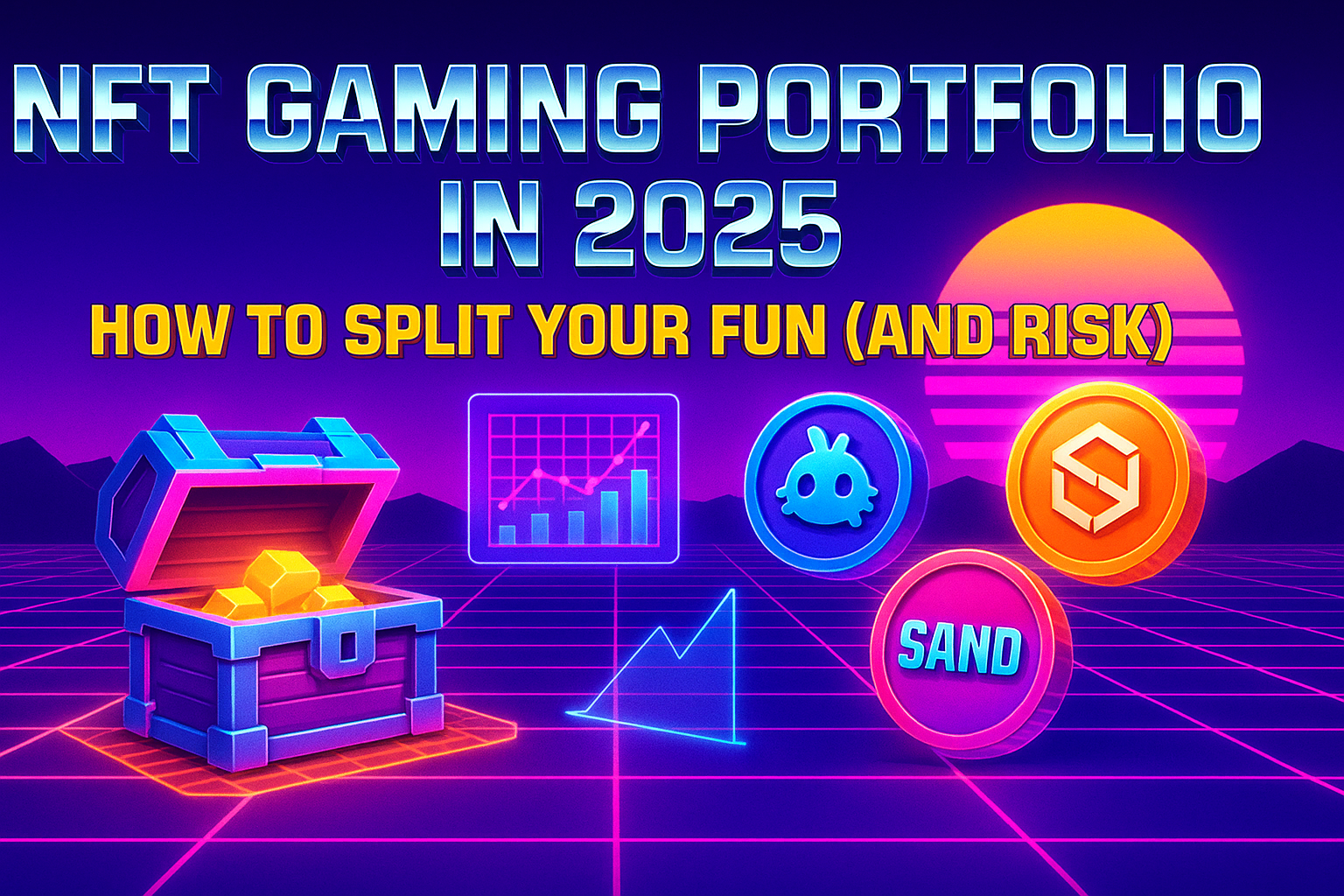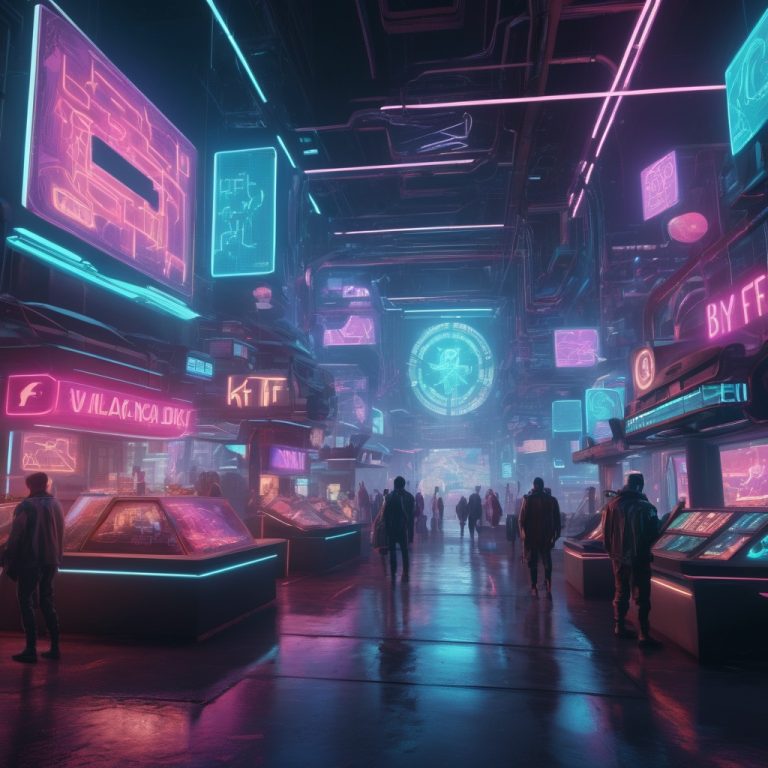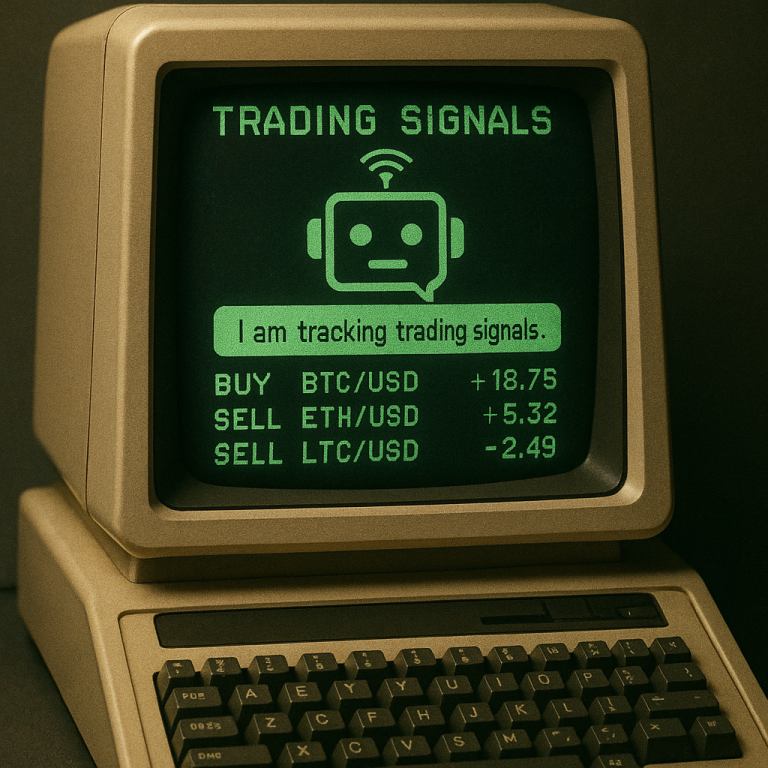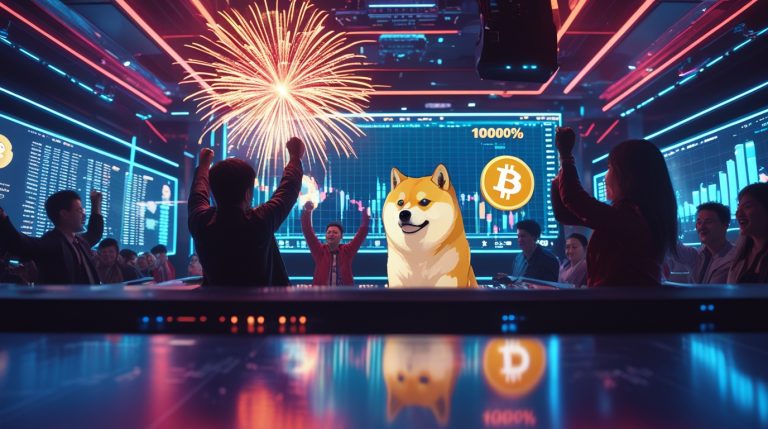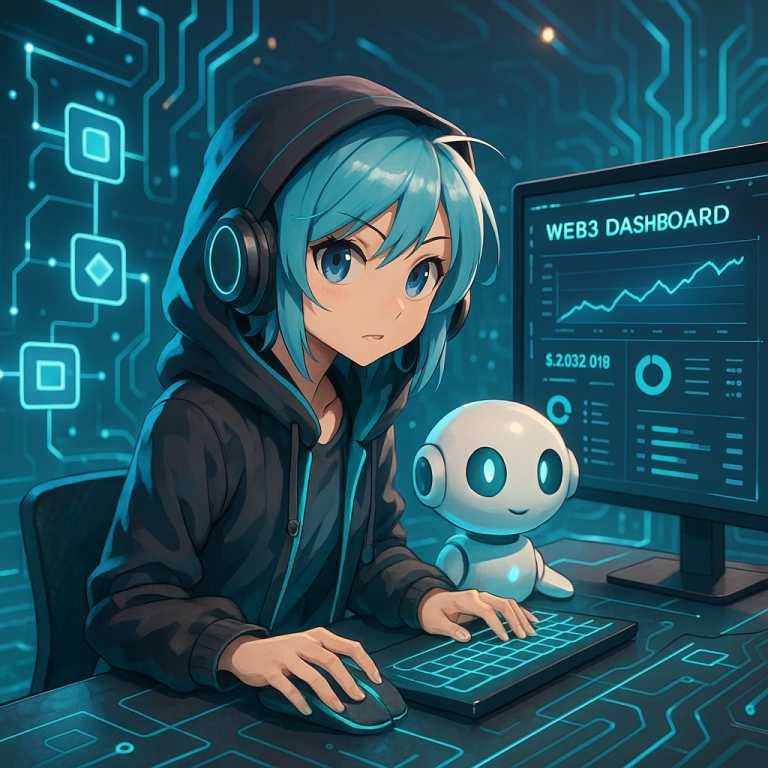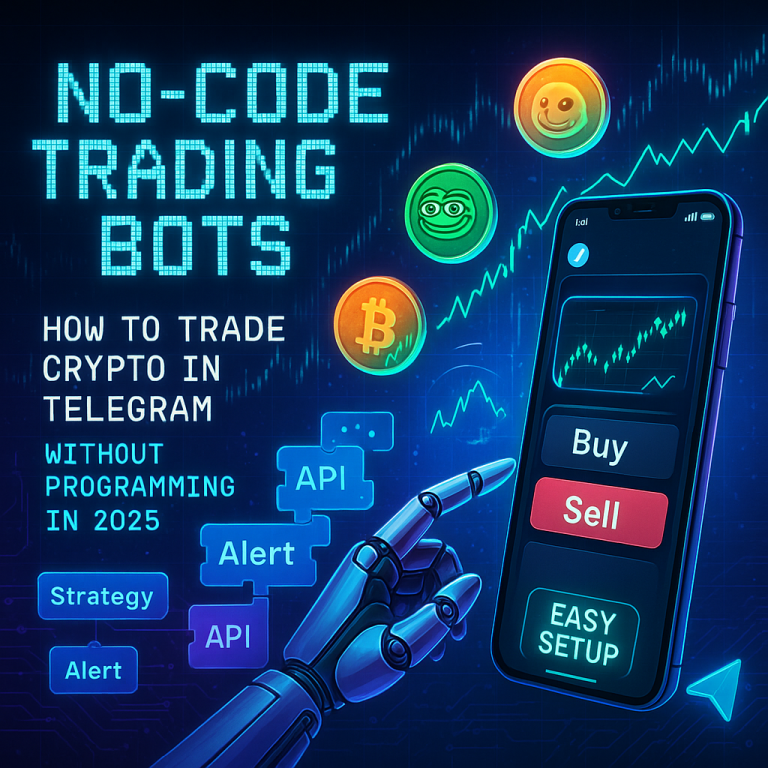NFT Gaming Portfolios in 2025: How to Split Your Fun (and Not Your Wallet)

Intro — Why NFT Gaming Needs a Portfolio Approach in 2025
In 2024, NFT gaming wasn’t just a trend—it was a trap. Over $2.1 billion was lost across failed or abandoned projects. Thousands of players invested in tokens, avatars, and lands that now sit worthless in disconnected wallets. And if you’re still betting your crypto on the “next big thing” without a plan, you might already be standing in line to be the next statistic.
The NFT gaming landscape has evolved into a vibrant—but unpredictable—ecosystem. What once promised ownership, freedom, and financial upside has delivered a cocktail of volatility, unfinished roadmaps, and empty Discords. Welcome to 2025: where rugpulls wear UX polish and tokenomics die faster than a low-level character in a PvP zone.
So what’s the play? Simple: build a portfolio. Instead of aping into one hyped game and praying it moons, allocate your time, tokens, and attention like an investor—with diversified exposure, strategy, and checkpoints.
Imagine entering the NFT gaming space like a kid in a candy store. You see shiny tokens, rare in-game items, and characters that promise to level up your experience. It’s exhilarating! But just like that kid, you might end up with a stomachache if you don’t exercise a bit of restraint. The market is as sweet as it is unstable, and without balance, you risk turning your wallet into a junk drawer of dead NFTs.
Think of your portfolio like a well-balanced RPG loadout. You wouldn’t go into a boss fight with just one overpowered sword—you bring gear, potions, and a backup plan. The same applies here: combine high-risk P2E titles with long-term metaverse land plays, throw in some free-to-play quests, and keep a reserve for token speculation during hype cycles.
And let’s not forget the data: players who split their gaming exposure between three or more active NFT projects in 2024 had up to 40% higher asset retention than single-game holders. The difference? They stayed in the game long enough to win.
In this guide, we’ll break down:
- How to identify solid projects (and avoid beautiful scams)
- What to expect from veterans like Axie Infinity, Gala Games, and The Sandbox
- How to build a fun-first, FOMO-resistant portfolio for 2025
Bottom line: The days of blind faith in whitepapers are over. It’s time to play smarter—because in NFT gaming, survival is the first victory.
Diversify or Die: Risk in Single-Game Dependence
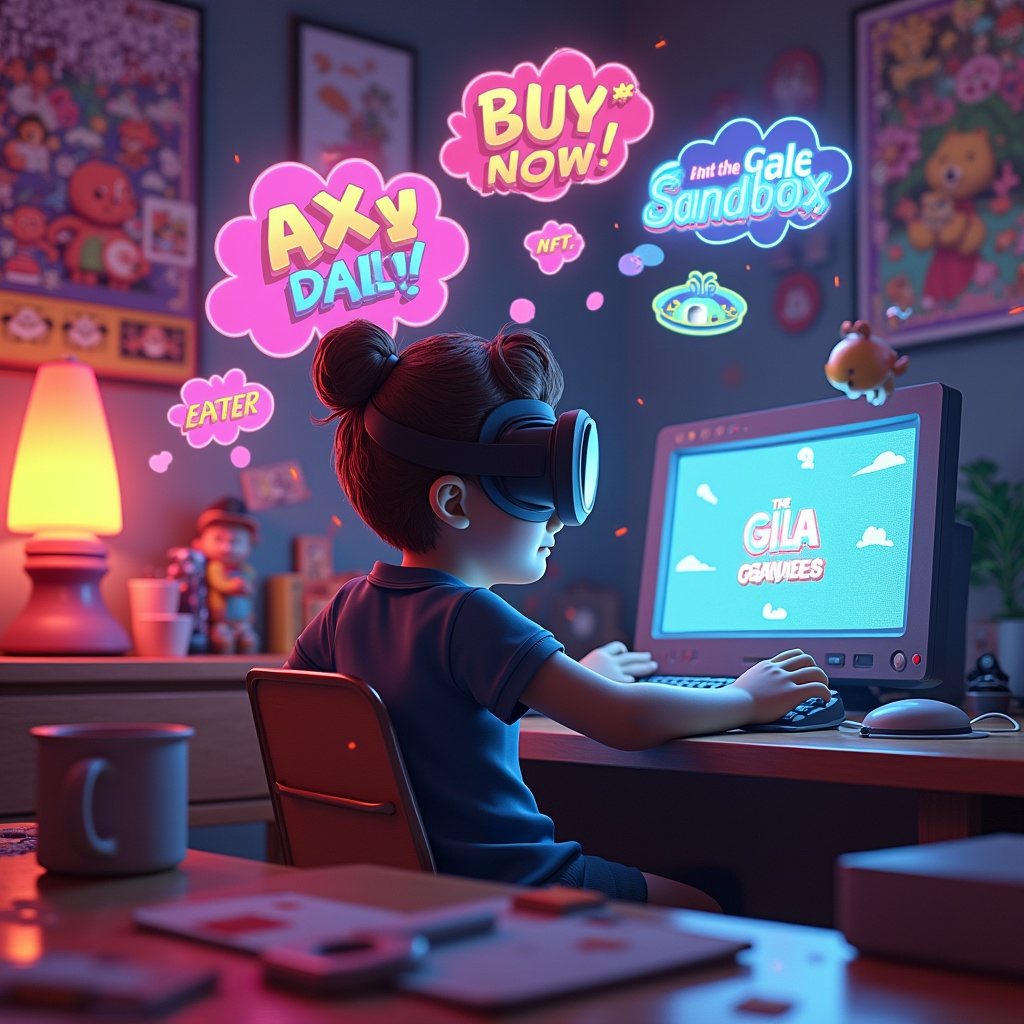
Let’s get one thing straight: putting all your crypto into one NFT game is not “being early”—it’s being reckless. In traditional finance, this would be like dumping your entire retirement fund into one penny stock because the logo looked cool. In NFT gaming? It’s even riskier, because your “investment” might vanish between a Discord meme and the next broken patch update.
The Problem with Falling in Love
Imagine you fall head over heels for a new game. You buy the founder’s pack, grind the beta, tweet your loadout daily—and then, silence. No updates. Discord mods disappear. The devs pivot to “AI-powered wellness NFTs.” Your Axie lookalike is now a collectible in a dead economy.
This isn’t just fear-mongering. Dozens of NFT titles in 2023–2024 launched with fanfare, raised millions, and quietly dissolved. Examples include Forgotten Chain, Pixelmon v1 (remember that?), and Meta Islands—all hyped, all burned.
Why Diversification Works
Diversification isn’t just for crypto whales and hedge funds. In NFT gaming, it’s your shield against boredom, burnout, and bankruptcy. By spreading your assets, you create optionality. One game stagnates? You pivot. One token crashes? You rebalance.
Here’s a smart mix:
- 40% — Long-term projects with land or infrastructure (The Sandbox, Otherside)
- 30% — Active P2E or quest-based games (Gala Games, Big Time, Sunflower Land)
- 20% — Experimental titles with asymmetric upside (small caps, indie teams)
- 10% — Liquid assets (ETH, stablecoins, ready for fast trades or opportunities)
This isn’t gospel, but it gives you resilience. You’re not relying on a single roadmap or Discord vote to preserve your assets. You’re treating your time and crypto with strategic intent.
Psychology of the “All-In” Gamer
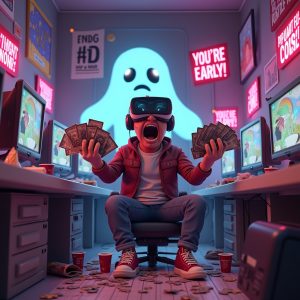
There’s a powerful temptation in NFT gaming: the illusion that “the next big game” will make you rich if you just go harder, earlier, and louder than everyone else. That’s how thousands ended up all-in on Axie, holding $1,500 NFTs that now go for $7.
Being early is only an advantage if what you’re early to survives. And the sad truth? Most don’t.
What the Data Tells Us
In a 2024 report by CryptoRank, wallets that held assets from three or more live NFT games outperformed single-title portfolios by an average of 42% in value retention over 6 months. Even if one game tanked, the others provided a floor. Diversification works—even in metaverse jungles.
Bottom line: Don’t gamble your Web3 gaming future on one dragon egg. Build a roster. Mix mechanics. Stay flexible. And never fall in love with a project unless it brings flowers, patches, and liquidity.
Axie Infinity: Still Alive but Barely Playable
Ah, Axie Infinity. The game that launched a thousand guilds—and then grounded most of them. Once hailed as the flagship of play-to-earn, Axie today is more like a ghost ship: still floating, technically functional, but eerily empty.
The Rise: From Breeding Bonanza to Global Obsession
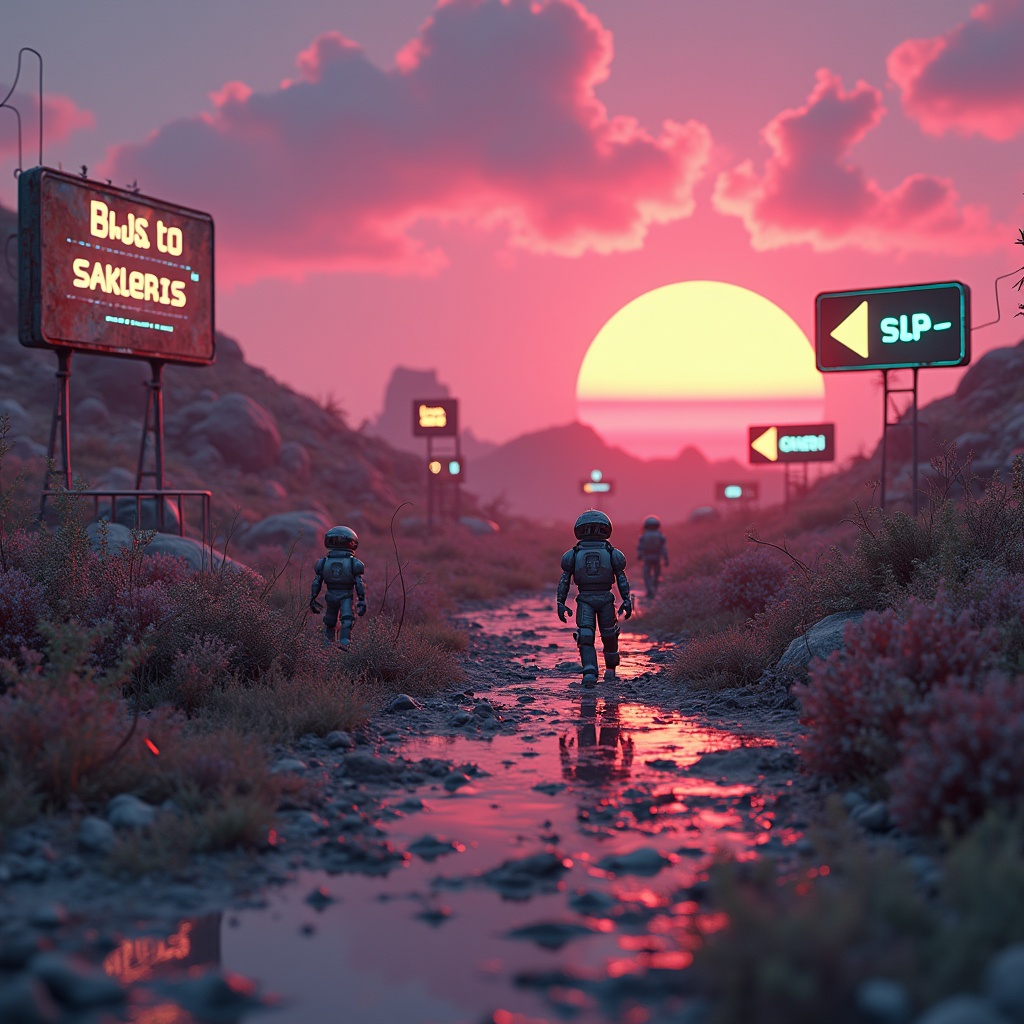
Back in 2021, Axie was the Web3 game. Players in the Philippines, Venezuela, and parts of Eastern Europe earned more from Axie than from local jobs. SLP flowed like wine, scholars battled for quotas, and prices soared. One Axie could cost over $500. At its peak, Axie Infinity boasted over 2.7 million daily active users.
But the gold rush wasn’t sustainable. SLP hyperinflated, AXS utility waned, and guilds became unsustainable pyramids. Rewards dried up. And just like that, the play-to-earn dream broke its own economy.
The Fall: Ghost Town with Breeding Fees
As of early 2025, Axie’s daily user count has fallen to under 10,000 DAU. SLP is down more than 99% from its all-time high. The core gameplay remains unchanged: breed, battle, repeat. But most players now join out of nostalgia—or to liquidate old NFTs for pennies.
Technical issues didn’t help. Laggy updates, repetitive gameplay loops, and UI that feels like a 2012 mobile game all contributed to the decline. Despite attempts to rework the system (Origins, free Axies, runes), adoption remained sluggish.
The Rebuild: A New Hope or Just More Breeding?
Sky Mavis, the studio behind Axie, hasn’t given up. In 2024, they launched Axie Origins, added new NFT classes, and promised to focus on gameplay-first design. They’ve experimented with off-chain progression and zero-cost onboarding—but the results have been mixed.
To their credit, the Ronin blockchain has held steady, and the dev team remains active. But the community has shifted. Guilds have moved to newer games, and scholarship programs are shadows of their former selves.
Should Axie Still Be in Your Portfolio?
If you already own Axies, you’re probably holding for emotional reasons. But for new players? The risk/reward curve looks bleak. Unless Sky Mavis pulls off a major turnaround, Axie may remain a historical footnote in NFT gaming—not a future pillar.
Pro Tip: If you’re entering now, only do so for ecosystem experiments (Ronin chain projects, staking AXS with new mechanics). Avoid buying legacy NFTs unless you’re collecting museum pieces.
In short: Axie isn’t dead. But it’s not thriving either. It’s limping forward—an important lesson in Web3 momentum, but hardly a safe bet in a 2025 NFT gaming portfolio.
Comparison: Axie Infinity vs. Gala Games vs. The Sandbox
After breaking down each project individually, it’s time to compare them side by side. Whether you’re building a portfolio for fun, profit, or both—this snapshot will help you weigh strengths, weaknesses, and real data.
| Project | DAU (2024) | Token Performance | Gameplay Model | Main Risk |
|---|---|---|---|---|
| Axie Infinity | ~10,000 | SLP: -99% from ATH | P2E (breeding + arena) | Player attrition, token death spiral |
| Gala Games | ~50,000+ | GALA: -90% from ATH | Multi-game, quest/token mix | Slow delivery, fragmented focus |
| The Sandbox | ~5,000 | LAND: -70%, SAND: -85% from ATH | Metaverse/UGC/Events | Low organic user activity |
This side-by-side snapshot helps you evaluate the core risks and opportunities across Web3 projects — a key step in building a sustainable NFT gaming portfolio 2025.
Key Takeaways:
- 📉 All three tokens are down significantly from their peak prices, reflecting macro crypto trends and fading hype.
- 🎮 Gala offers the broadest gameplay variety, but also demands more research across titles.
- 🌍 The Sandbox is ideal for creators and long-term metaverse believers, but has high entry friction and low player density.
- ⚔️ Axie Infinity remains a symbol of early P2E, but is no longer competitive without major revamps.
Use this table not to pick a “winner”—but to build a diversified exposure model that fits your goals, time, and risk appetite. Just like in RPGs, mixing classes beats going solo with a glass cannon.
The Sandbox: A Metaverse Play, Not Just a Game
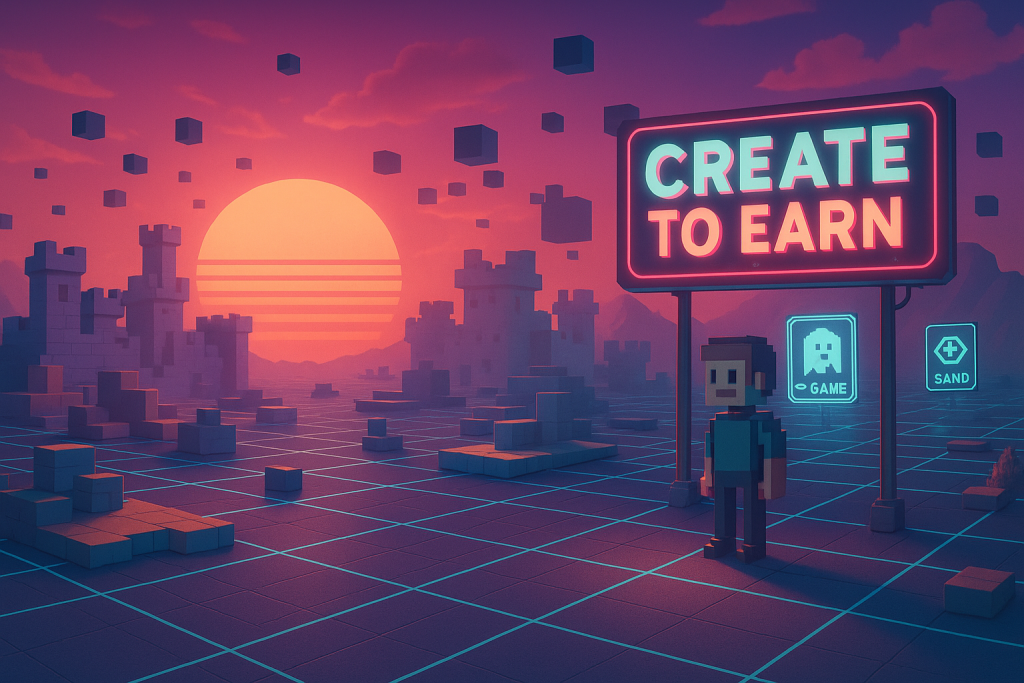
The Sandbox isn’t your typical NFT game—it’s a digital Lego universe where players build, own, and monetize virtual land. Positioned as one of Web3’s most ambitious metaverse platforms, The Sandbox blends creativity, community, and commerce. But beneath the high-profile partnerships and flashy trailers lies a critical question: is anyone actually playing?
What Makes The Sandbox Stand Out?
Unlike most NFT games with fixed gameplay loops, The Sandbox is a user-generated content (UGC) platform. You’re not just a player—you’re a builder, creator, and landowner. The platform provides tools to create games, experiences, and 3D environments, all tradable as NFTs. Everything from mini-games to virtual concerts (remember Snoop Dogg’s mansion?) happens on LAND owned by the community.
The Sandbox runs on the Ethereum blockchain and uses two core assets: SAND (utility/governance token) and LAND NFTs (digital real estate). Early adopters snapped up prime virtual parcels, betting on long-term metaverse expansion.
Reality Check: DAU, Monetization, and Friction
As of early 2025, The Sandbox has under 5,000 daily active users. While the brand is strong and the builder tools are robust, user engagement outside of major events remains low. Many LAND owners struggle to generate foot traffic or monetization beyond giveaways.
Main issues:
- 🎯 High entry cost: LAND NFTs are still expensive for average players, despite bear market corrections.
- ⚙️ Complex builder tools: While powerful, they require time, learning, and design skills—limiting casual creator growth.
- 📉 Flat gameplay experience: The average player has limited incentives to revisit most custom maps unless tied to branded events.
The result? A rich but underpopulated world, where creators often build for passive speculation, not community engagement.
What’s Working
The Sandbox remains a magnet for brands: Warner Music, Adidas, Atari, and Ubisoft all own LAND. Its event model (like “Snoopverse” or “Mega City”) continues to draw temporary spikes in attention. Meanwhile, the Alpha Seasons (seasonal release windows with quests) provide structured engagement and token rewards for completing in-platform tasks.
There’s also progress toward interoperability with other metaverses, plus plans to release more no-code tools in Q3 2025, aiming to bring in a broader creator base.
Portfolio Verdict
If you’re in NFT gaming for long-term digital ownership and brand exposure, The Sandbox still deserves a portfolio slot. But it’s not a “buy and forget” asset. You’ll need to monitor roadmap execution, seasonal events, and changes in creator tooling. Think of it as metaverse real estate with high potential—but also high maintenance.
Pro Tip: Instead of buying LAND immediately, consider participating in quests during Alpha Seasons to earn SAND and gain experience with the platform before going full investor.
NFT Gaming Portfolio 2025: What Smart Allocation Looks Like
In the volatile world of NFT gaming, diving in without a plan is like charging into a boss fight with no armor, half health, and a wooden sword. Fun? Maybe. Sustainable? Absolutely not.
That’s where your NFT gaming portfolio strategy comes in—an approach that balances high-risk adventures with steady progress. Whether you’re in it for the thrill, the profits, or both, having a diversified loadout is key.
🧠 Portfolio Principles (aka Don’t YOLO Everything)
- 🎯 Diversify across genres: RPGs, strategy, and simulation offer different earning patterns.
- 🧩 Mix tokens, NFTs, and utility: Some games reward in tokens, others in items or land—balance accordingly.
- 📆 Time matters: Playtime-heavy games shouldn’t dominate if you have 1–2 hours a day max.
🛡️ Conservative Player Loadout

This is for gamers who want to explore NFT gaming without betting the farm. Lower risk, slower ROI, but higher retention of sanity and capital.
- 50% — Long-term metaverse assets: LAND in The Sandbox (via rental, quests, or partner events)
- 20% — GALA tokens or stable DeFi+gaming hybrids: For low-volatility staking
- 20% — Free-to-play P2E with quests: Like Sunflower Land or Big Time (entry = time, not ETH)
- 10% — Liquidity buffer in USDC or ETH: For event-driven plays, new launches
Time investment: ~3–5 hours/week, mostly quest-based or passive strategies
⚔️ Aggressive DeGen Setup
This one’s for the thrill-seekers. Expect volatility, big swings, and potential for outsized gains (or meme-level losses).
- 40% — Emerging titles with high ROI potential: Games in early alpha with token/NFT rewards
- 30% — Staked GALA + active play in 1–2 Gala titles: Like Spider Tanks or Town Crush
- 20% — NFT flipping budget: For low-cap characters, land plots, or early mints
- 10% — SAND for speculative ecosystem events: Often pumps during Sandbox seasons
Time investment: ~10+ hours/week, active Discord monitoring, farming, trading, testing new betas
💡 Adjusting Over Time
Portfolios aren’t static. What works in Q1 might flop by Q3. Keep a monthly checkpoint: revalue assets, exit dying projects, and shift toward active trends (like F2P or tournament-based models).
Use tools like DappRadar, CoinGecko alerts, and Discord analytics bots to track game health, token flow, and user activity. Your wallet will thank you.
Bottom line: Don’t just play games—play the meta. And remember: boring diversification beats exciting liquidation any day.
FAQ: Building a Smarter NFT Game Portfolio in 2025
❓ How many NFT games should I include in my portfolio?
Start with 3–5. Enough to spread risk, but not so many that you lose track. Think of it like juggling: 3 is manageable, 7 is circus-level.
❓ Do I need to spend thousands of dollars to get started?
Not at all. Many top-performing players in 2024–2025 began with free-to-play quests, seasonal reward programs, or <$50 staking positions. Strategy beats spending.
❓ What’s more important—gameplay or tokenomics?
You want both. Great gameplay keeps you engaged. Solid tokenomics protect your value. If a game looks fun but has infinite inflation and no sinks—pass.
❓ Should I stake game tokens?
Only if you understand the rewards schedule, lockup terms, and emission risks. Never stake a token just because it exists. Read the docs. Twice.
❓ How do I evaluate a new NFT game?
Use this 5-point checklist:
- ✅ Playable demo or testnet access
- ✅ Transparent, active dev team (check Twitter + Discord)
- ✅ Reasonable entry cost or F2P on-ramp
- ✅ Deflation or utility built into tokens/NFTs
- ✅ Roadmap with dates—and recent delivery
❓ Where should I track my portfolio?
Use a combination of:
- DappRadar — for user metrics and project health
- CoinGecko alerts — to track token swings
- DeBank or Zerion — to manage multi-chain NFT + DeFi holdings
❓ Can I build a portfolio if I only have time on weekends?
Yes. Focus on seasonal quest games (like The Sandbox Alpha) or passive models (staking, idle games, land rentals). You’ll miss daily rewards, but catch the bigger trends.
❓ What if I get rugged?
You will, eventually. Even pros do. The goal isn’t 100% immunity—it’s minimizing exposure. That’s why we diversify, track activity, and only go deep on proven ecosystems.
🚀 Connect With Us
📬 Stay Updated on Web3 Careers
Join our newsletter to get weekly tips, job openings, and tools for Web3 professionals.
💸 Start Earning with CryptoNav
Explore top crypto platforms, claim welcome bonuses, and support our work through affiliate links:

